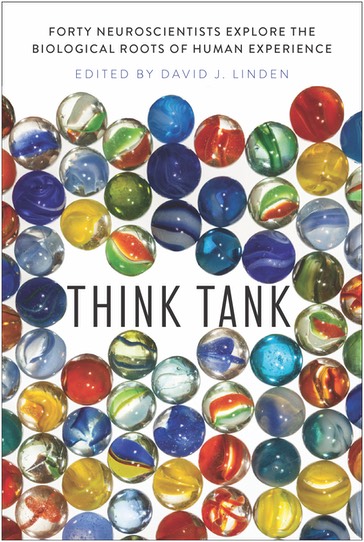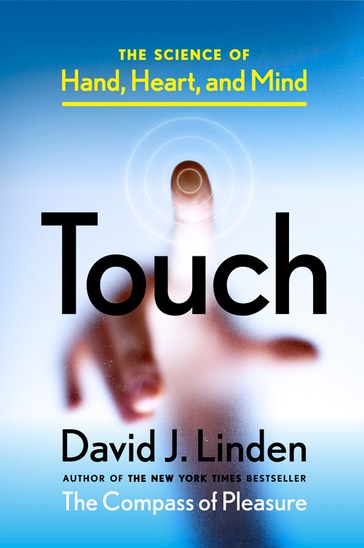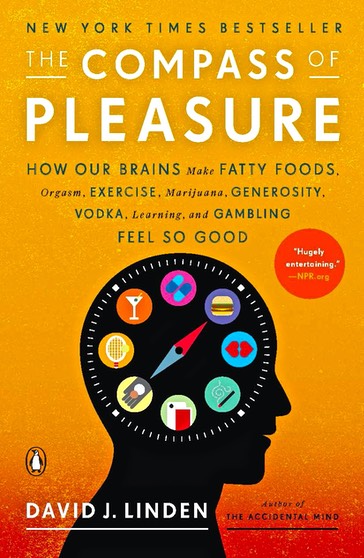The poet Jim Carroll described his first experience mainlining heroin as feeling “like 50,000 orgasms all at once.” Another writer compared intravenous cocaine injection to “orgasm X 1,000.” Putting aside the fanciful arithmetic, there’s a strand of neurochemical truth here: Drugs like heroin and cocaine produce a sustained dopamine surge in key regions of the medial forebrain pleasure circuit, while orgasm produces a fairly brief dopamine surge (not unlike a single hit from a crack pipe). As such, drugs that boost dopamine signaling, like cocaine and amphetamines (and even the L-dopa used to treat Parkinson’s disease), can prolong and enhance orgasm, while drugs that block dopamine receptors or dopamine release, like some antipsychotic drugs, suppress it. It’s worthwhile to note that the positive and negative effects of dopamine drugs on orgasm are also reflected in similar effects on libido and genital responses to sexual stimuli. Cocaine, for example, is one of the few psychoactive drugs of abuse that increases libido and promotes penile erection or vaginal lubrication.
Site Navigation[Skip]
- Home
- Books
- Blog
- Selling accurate time in the 19th century
- Recovering Sexual Function After Prostatectomy
- Orgasm Arithmetic
- Jah Se So, Caye Caulker, Belize
- This Explains Why Doing Science Is So Hard
- The Essence of Recollection
- All I Really Need To Know About Life I Learned From An Italian Road Sign
- The Irish Ether Drinking Craze Of The 19th Century
- The Pits of Despair
- Video Games And The Brain's Pleasure Circuits
- Give 'Til It Lights Up The Brain Scanner
- Older Blog Entries
- Upcoming Events & Selected Broadcasts
- Media
- Bio
- Contact
- Press Room
- LISES
© David J. Linden 2013



